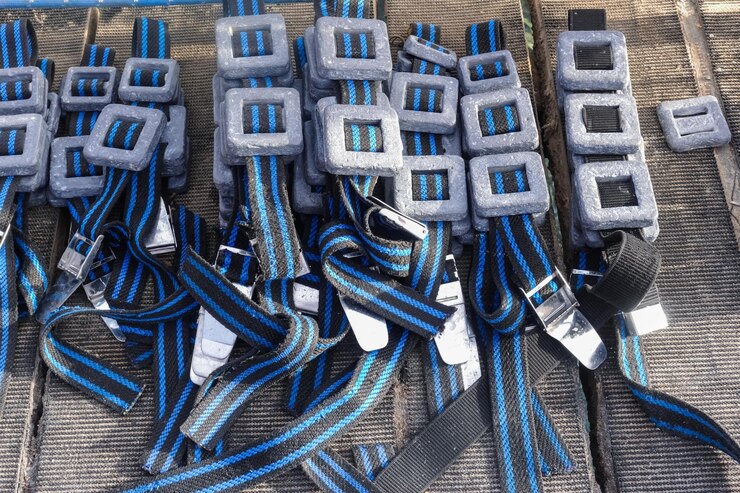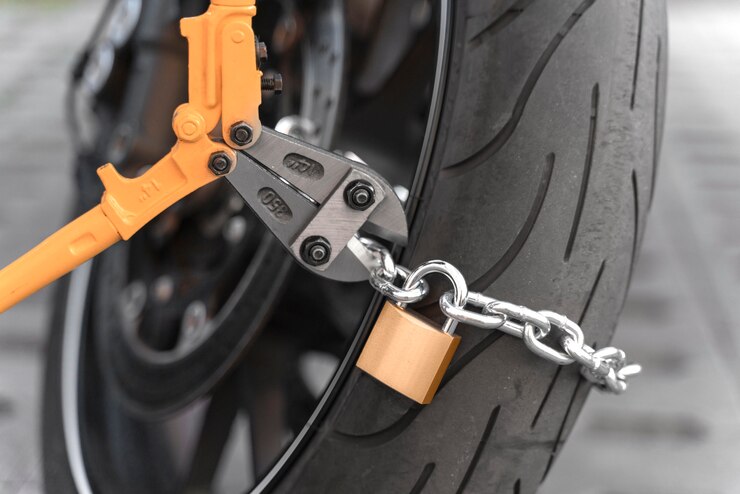![]()
Flatbed rigging is essential in the logistics and transportation industry, especially for those working with heavy-duty equipment. Handling heavy-duty and oversized cargo presents unique challenges.
In contrast to enclosed trailers like dry van products, flatbed trucks leave cargo exposed to environmental conditions, necessitating specialized rigging methods to ensure loads are secured properly and to minimize the risk of accidents during transit. Whether you are an experienced driver or a fresher in the industry, learning about the common principles of flatbed rigging is crucial for secure and effective operations.

In this guide, we will understand the critical principles of flatbed rigging and the importance of selecting accurate equipment like ratchet straps buy online, as these are essential for the work.
Fundamental principles of flatbed rigging
- Brief understanding of load securement standards: The initial phase of becoming proficient in flatbed rigging involves comprehending the regulations related to load securement. Numerous countries enforce stringent laws regarding the proper securing of cargo on flatbeds to reduce the likelihood of accidents. Therefore, having a deep knowledge of these rules ensures that you adhere to legal regulations and safety standards while driving.
- Select the accurate straps and chains: Selecting the right tie-down equipment is essential for effective rigging. Therefore, flatbed carriers generally use ratchet straps, chains, and load binders to secure their loads. The mode of transporting cargo determines the selection and strength of these straps or chains.
- Use corner protectors: Cargo corners can exert significant pressure on your straps, which may result in severe tragedy. Therefore, to mitigate this issue, corner protectors are employed to spread the stress over a larger surface area, safeguarding both the cargo and the straps from potential damage. If you carry sharp or abrasive material, such as wooden crates, these corner protectors are crucial to avoid any mishap.
- Distribute load properly: One of the key principles of flatbed rigging is to ensure that the load is evenly distributed across the trailer. Improper weight distribution can lead to an imbalance in the vehicle, making it harder to manage while driving. Furthermore, improper load distribution escalates the likelihood of the load transferring at the time of transport, causing accidents or harm to the goods being transported. Ensure that the load is distributed properly and evenly, and fasten every section of the load with enough straps or chains to stop it from moving around.
- Check the tools frequently: Your rigging tools, for instance, ratchet straps, chains, and binders, need to be inspected often to discover any wear and tear, which are essential. Any straps that are old and threadbare or damaged chains must be replaced promptly to prevent misfortune. To purchase ratchet straps, buy online, but make sure you purchase from a renowned source, as you can not compromise on quality and reliability.
- Reassure your work: Before you drive, double-check your rigging. Look around the flatbed and ensure that each strap or chain is nicely fastened and the goods are tightly secured. Though this is a little time-consuming task, ensuring the accuracy of your work can help avert significantly larger issues in the future.
- Wisely use tarps: Besides straps and chains, several flatbed drivers use tarps to safeguard their cargo from mishaps. Goods like wood and machinery can be easily damaged by moisture, so tarps are used to keep them safe. When putting a tarp in place, it’s pivotal to tie it down securely and spread it out evenly. This helps stop it from flapping around in the wind or getting ripped.

Investing in accurate flatbed rigging tools
Choosing the appropriate rigging equipment is like winning half the battle in flatbed rigging. Whether you’re moving heavy machines or fragile items, your gear must be ready for the job. If you purchase from Brampton Straps, we will provide high-quality, reliable, and affordable rigging equipment that meets the safety standards for your cargo needs.
Secure your cargo with the Brampton Straps products.
Flatbed rigging can be challenging initially but can be transformed into a simple task with the proper understanding and equipment. Therefore, at Brampton Straps, we ensure that our clients receive the high-quality, durable and appropriate gear to make their flatbed rigging experience outstanding.
We offer a variety of top-notch curtains and track systems for our dry van products, all aimed at keeping cargo safe and secure while it’s being transported. Additionally, we are dedicated to providing outstanding customer service and ensuring our customers are happy.
We know how crucial it is to deliver products on time, offer dependable items, and provide top-notch support. Consequently, we put in much effort to meet and exceed our customers’ expectations. Hence, to secure the cargo like a pro, visit our official website to purchase the best-quality flatbed rigging equipment.





